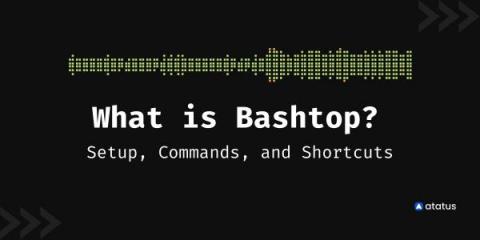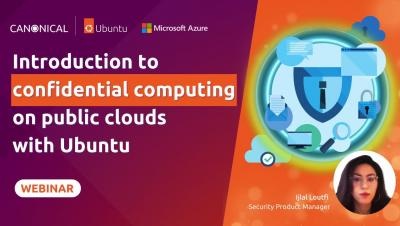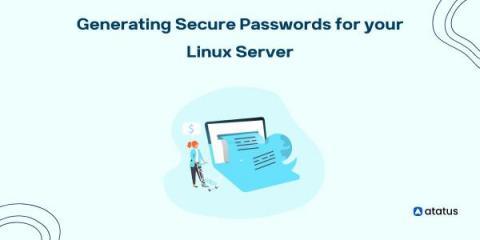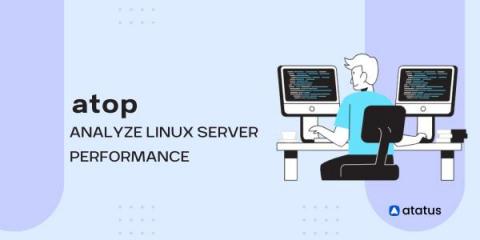Operations | Monitoring | ITSM | DevOps | Cloud
Linux
Multipass 1.10 brings new instance modification capabilities
Developers rejoice! The Multipass team has been listening to your feedback, and we are excited to announce that the latest update to Multipass contains one of our most requested features – instance modification. For those who are just discovering Multipass, it’s software designed to make working with virtual machines as painless as possible. It has an intuitive command line interface, and abstracts away the hard work of configuring, launching, modifying and destroying VMs.
Let's get confidential! Canonical Ubuntu Confidential VMs are now generally available on Microsoft Azure
On behalf of all Canonical teams, I am happy to announce the general availability of Ubuntu Confidential VMs (CVMs) on Microsoft Azure! They are part of the Microsoft Azure DCasv5/ECasv5 series, and only take a few clicks to enable and use. Ubuntu 20.04 is the first and only Linux distribution to support Confidential VMs on Azure.
What is Bashtop? Setup, Commands, and Shortcuts
Usually, we have top and htop to monitor the Linux system and get to know the running processes along with CPU and Memory utilization. But these commands have certain limitations which refrain them from giving a detailed overview of the system performance. This limitation is overcome by the alternative called Bashtop. In this blog, we will learn about Bashtop, its advantages, and disadvantages along with its shortcuts and installation guide.
Omnichannel Enablement: 4 technology success factors
The days in which a business could thrive by serving customers through brick-and-mortar stores alone are long gone. Almost all retailers now offer a variety of online and offline channels, often with some degree of integration to ensure a smooth customer journey across different touchpoints. However, even these multichannel and cross-channel strategies are increasingly falling short of modern expectations.
Introduction to Confidential Computing
Generating Secure Passwords for your Linux Server
Having a strong password is necessary to protect our information from being accessible by others. A strong password should be difficult to be identified, guess or decrypt by the attackers. Mostly, while entering passwords, we will be prompted to enter the upper case and lowercase letters along with numbers and special characters. But thinking of a new password every time is very difficult and most people end up repeating the same password for every website and application they use.
What is Linux? And Why It Should Be Your Favorite Operating System
atop - Analyze Linux Server Performance
The "atop" is an advanced system and process monitor used in the Linux environment to analyze the server performance. It is necessary to analyze the performance of the server continuously. It is a performance monitor which gives us a report on all the activities of processes running on a server.
UX Deep Dive: Classify interactions for a more intuitive user interface
We try hard to make our products as intuitive and familiar as possible, but there will always be “advanced” options and rarely-used features. Giving users choice and control over their experience will naturally lead to features that are used less frequently or settings that only a small percentage of users will change. So how do we decide what order and prominence to give to these lesser-used features?











